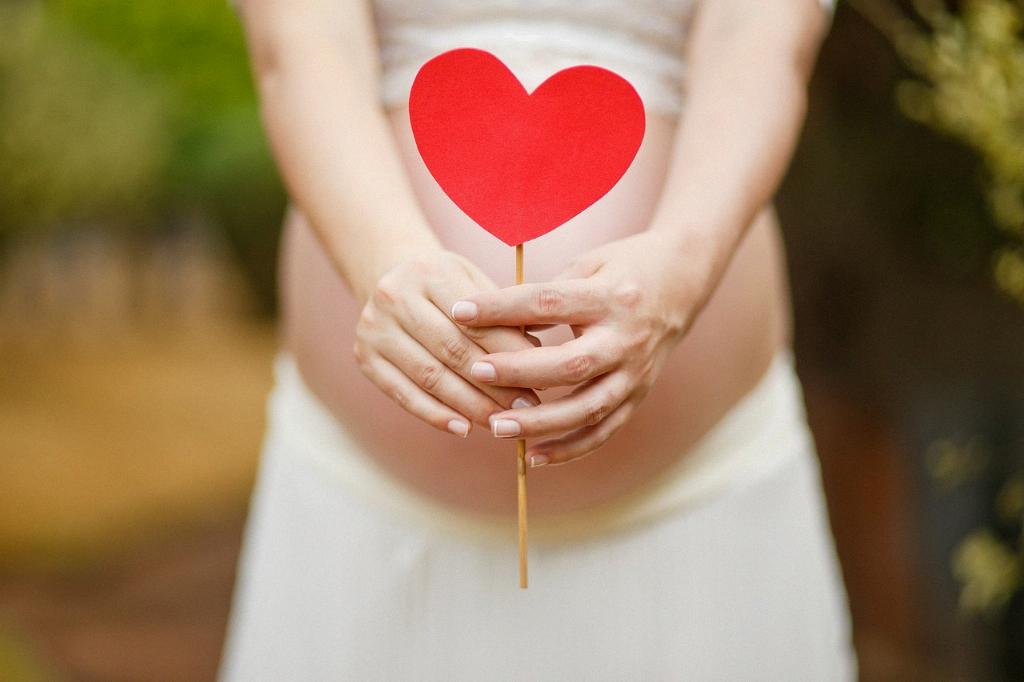As a responsible pet owner, it’s essential to be aware of the signs that indicate your dog is about to give birth. Understanding these signs can help you prepare for the arrival of the new puppies and provide appropriate care and support to your furry friend.
Drop in Body Temperature
One of the initial signs that labor is approaching is a drop in your dog’s body temperature. Take note of her temperature with a rectal thermometer a few times a day. A drop below 100 degrees Fahrenheit usually signals that labor is imminent.
Stage I Labor Begins
Following the temperature drop, Stage I labor commences, characterized by restlessness and anxiety in your dog. You may observe panting, pacing, refusal of food, and even vomiting. This phase also includes nesting behavior, indicating that your dog is preparing for birth.
Seeking Seclusion
Your dog may seek seclusion as she gets closer to giving birth. She may begin to isolate herself from the household, preferring a quiet and dimly lit space to rest and prepare for labor. Providing a comfortable and private whelping box can help her feel secure.
Change in Appetite
During the final days of pregnancy, your dog’s appetite may fluctuate. While some dogs may eat less as labor approaches, others may exhibit an increase in hunger. Monitor her food intake and make sure she has access to fresh water at all times.
Restlessness and Nesting
Restlessness and nesting behaviors are common signs that birth is near. Your dog may pace, scratch at her bedding, or gather blankets and towels to create a nest. These actions are her way of preparing a safe and comfortable space for her puppies.
Increased Affection
Some dogs may become more affectionate as they near the end of pregnancy. Your dog may seek extra attention, cuddles, and reassurance from you. This is a natural reaction as she prepares to welcome her new litter.
Swollen Vulva
As labor approaches, your dog’s vulva may become swollen and more prominent. This is a sign that her body is getting ready for the birthing process. Keep an eye on any changes in her physical appearance.
Visible Contractions
Once active labor begins, you may notice your dog experiencing visible contractions. These may be mild at first and gradually increase in intensity and frequency. Contact your veterinarian if you have any concerns or if labor does not progress.
Breaking of Water
Just before giving birth, your dog’s water may break. This is the release of the amniotic fluid and signifies that the birthing process is underway. If you notice this, ensure that your dog is in a clean and comfortable environment.
Expulsion of Fluid and Puppies
Shortly after the water breaks, your dog will start to deliver her puppies. You may see the expulsion of fluid followed by the arrival of each puppy. Allow your dog to take the lead in the birthing process but be ready to offer assistance if needed.
Post-Birth Care
After the last puppy is born, your dog will enter the postpartum stage. Provide her with a quiet and warm environment to rest with her newborns. Monitor her closely for any signs of complications and consult your veterinarian for guidance on caring for the mother and puppies.
Conclusion
Being attentive to the signs indicating that your dog is about to give birth is crucial for ensuring a smooth and successful delivery. By recognizing these signals and being prepared, you can support your dog through the birthing process and welcome the new additions to your family with confidence.

